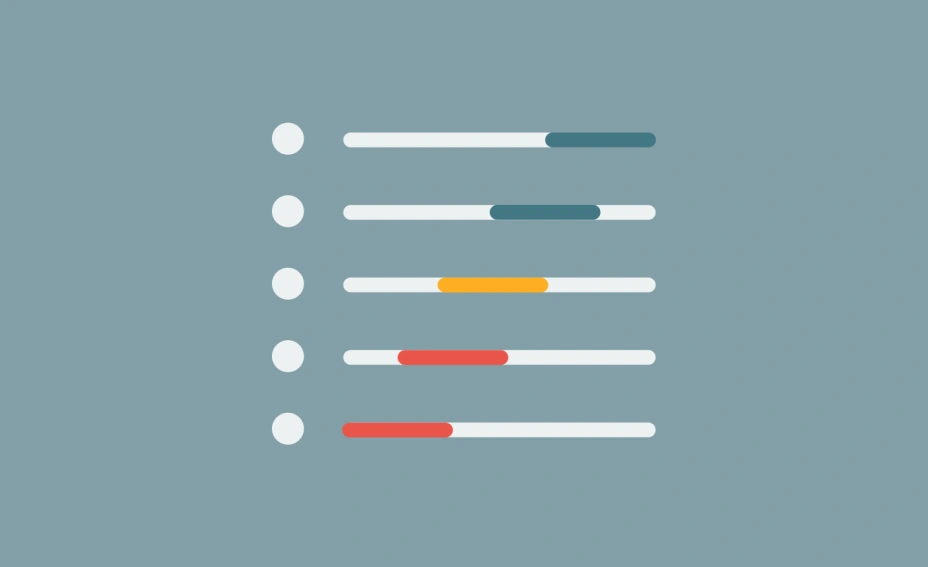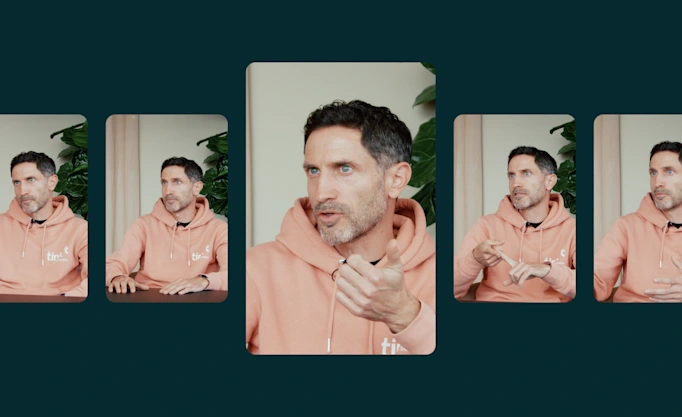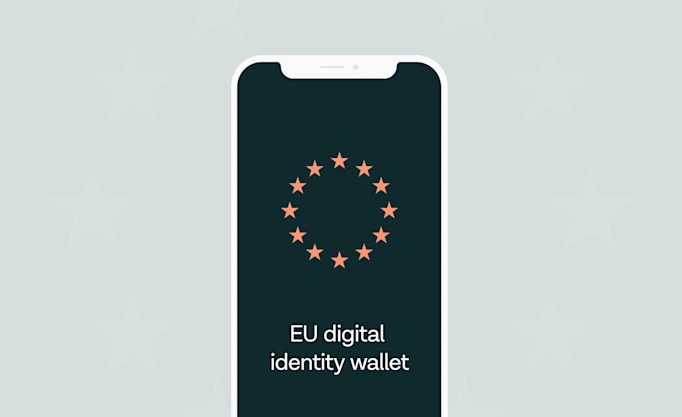A simple way to improve risk decisioning

Open banking is providing a simple way to improve risk assessments thanks to better access to real-time financial data. With Tink, this data becomes insights into spending behaviours and income streams that you can use to feed your credit scoring models – resulting in speedy, reliable and more accurate assessments that come with great UX.
Open banking is enabling more solid risk decisioning by providing access to real-time financial data.
By analysing the data, you can better understand someone’s financial situation and create stronger, up-to-date risk profiles.
Leveraging open banking helps businesses convert more, increase efficiency and reduce the ratio of non-performing loans – while applicants benefit from better UX and fairer terms.
Here’s the thing: traditional risk decisioning methods only looks at the hard numbers of someone’s finances. Income, loans, balance sheets – done. No room for nuance. But people’s lives are not always static and predictable.
Circumstances can change dramatically in a few days, yet traditional credit checks usually rely on financial records from months, if not years back.
This is where access to real-time financial data comes in handy. Risk assessments become a lot more reliable when you can factor in the current financial picture and get better insights into potential ‘risky’ patterns.
With open banking data, you can look beyond the hard numbers to better understand the spending behaviours behind them.
Decisions based on spending behaviours
Having data is one thing, but understanding it is another. To truly extract the value from someone’s financial data, you need to analyse individual transactions to find patterns.
The good thing is, you don’t need to go through the mountain of data to figure things out for yourself. Tink does it all for you, automatically analysing transactions to identify income streams, loans and make sense of expenses to spot patterns.
Simply put, we help figure out the story behind the numbers.
It helps you (or at least your credit scoring algorithms) better understand how someone spends their money so you can build a solid risk profile. How much do they have left to spend after life’s essentials are taken care of every month? Are they likely able to – comfortably – make good on their debts? Do they engage in potentially risky behaviours such as gambling?
And this, in turn, lets you make better-informed risk decisions – with results that are better for your customers as well as your business.
Better results for businesses and their customers
Having a more holistic picture of someone’s financial situation can make all the difference when it comes to making a well-grounded decision. By taking people’s lifestyle into account – and not just their credit exposure or account balances – you can build a better customer portfolio and offer them a loan, line of credit, or other financial service that truly suits their situation.
For consumers, this also brings a better experience. With open banking, they can get a simple, automated application process that doesn’t require any paperwork, and that brings near-instant results.
And the benefits extend well beyond the application itself, because it means they’ll be less likely to get loans they’ll struggle to pay back.
On the business side, benefits include higher conversion rates (due to the improved UX) and increased efficiency. But perhaps more significantly, it reduces the ratio of non-performing loans. Since the assessments are more accurate, businesses can be more competitive by providing better rates. There’s simply less risk of customers defaulting on their payments.
Another great bonus is that this gives more people access to financial services they may have been left out from before, because you’re not bound to the limitations that come with traditional credit checks. But we’ll dive more into the inclusivity benefits later.
Want a deeper dive into the topic? Check our lender's guide to improving risk assessments with open banking. Coming up: our next articles in this series explore how using open banking for risk decisioning can positively impact consumers, and the techy details behind how our Risk Insights solution works.
More in Open banking

2025-06-09
11 min read
The case for “Pay by Bank” as a global term
Thomas Gmelch argues that "Pay by Bank" should be adopted as a standard term for open banking-powered account-to-account payments to reduce confusion, build trust, and boost adoption across the industry.
Read more

2025-06-02
3 min read
Tink joins Visa A2A – what it means for Pay by Bank and VRP
Visa A2A brings an enhanced framework to Pay by Bank and variable recurring payments (VRP) in the UK, and Tink is excited to be one of the first members of this new solution.
Read more

2024-11-19
12 min read
From authentication to authorisation: Navigating the changes with eIDAS 2.0
Discover how the eIDAS 2.0 regulation is set to transform digital identity and payment processes across the EU, promising seamless authentication, enhanced security, and a future where forgotten passwords and cumbersome paperwork are a thing of the past.
Read more
Get started with Tink
Contact our team to learn more about what we can help you build – or create an account to get started right away.
